Rainbow Colors – Exploring the Vibrant Colors of the Rainbow
This post may contain affiliate links. We may earn a small commission from purchases made through them, at no additional cost to you.
Almost everybody has seen a rainbow, one of the most beautiful natural marvels in our world. However, even though you have seen a rainbow, can you name each of the colors in order? In this article, we will be discussing what makes a rainbow and what are the colors of the rainbow. By the end, you will never be able to forget the colors of the rainbow.
What Is a Rainbow?
A rainbow may be a little more complex than a simple colorful arc. The first person or philosopher to describe light reflections and refraction in the 17th century was René Descartes. Another famous scientist, Sir Isaac Newton, also contributed to this research with his glass prism experiment, which explained the breakdown of white light. When white light moves through a prism, the light refracts and produces various colors. This proved white light is composed of a vast spectrum of colors.
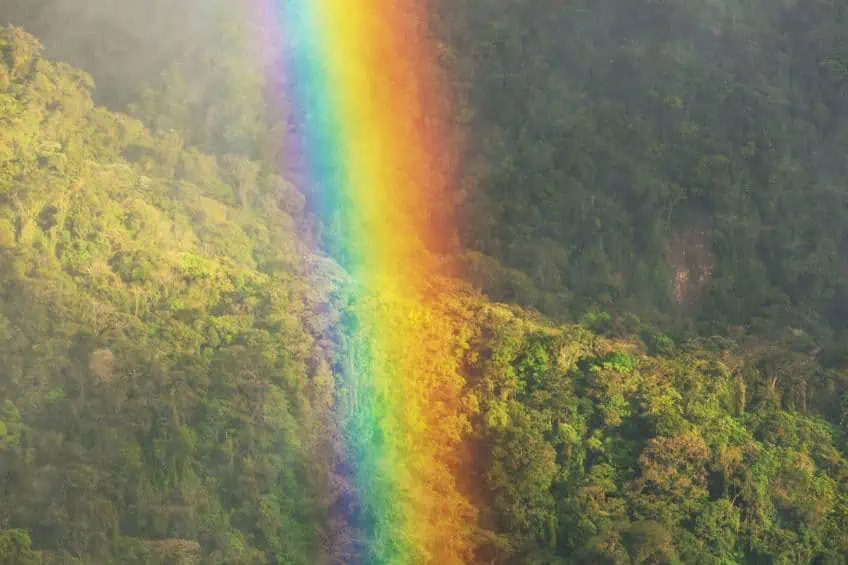
These colors are visible to the naked eye and are part of what is known as the visible light spectrum. All colors have wavelengths, which can be measured in nanometers, for example, violet has a short wavelength of 380 nanometers. On the other hand, you have red, which has the longest wavelength of 700 nanometers. When these colors pass through the prism, they will bend or refract at different angles, which is what causes the rainbow of colors visible to the eye. So, why does a rainbow have only seven colors? These colors form a visual spectrum, meaning each color blends into the next so there are no actual distinct colors. However, to make it easier to discuss the matter, Newton originally divided the spectrum into five colors. Since he was a fan of Pythagoras, who considered there to be a connection between music and color, he changed it to seven colors to coincide with the number of musical notes. This was a simple way to explain colors, however, there are not only seven colors. In fact, there may be more than one million colors, we simply just cannot see these other colors.
So, what is a rainbow? The rainbow you see in the sky is formed when sunlight passes through droplets of water, the light is refracted and reflected, thus creating the rainbow colors. For us to be able to see a rainbow, the angle at which light is refracted is 42 degrees.
Therefore, sunny, and rainy days are best to see a rainbow. The sun must also not be obscured by mountains or dark clouds. Depending on the weather conditions, a rainbow can last about an hour, however, there has been a record of a rainbow that lasted several hours in the city of Sheffield in England. Fun fact, the English name “rainbow” comes from an old English word known as renboga. This word was obtained from two words, one regn, which means “rain”, and boga, which means “arched”. Rainbows can even occur at night, particularly when it is a full moon. This follows the same process as the sunlight is reflected off the moon and hits droplets of water to form a moonbow. You can also have multiple rainbows, for example, a double rainbow, which is where the light is reflected twice within a droplet of water.

When this occurs, you will see a faint second rainbow just above the main one. You can also get tertiary as well as quadruple rainbows. Rainbows can also form by waterfalls, water fountains, and simply watering the garden so it does not always have to be raining. Rainbows can also come in a monochrome shade. This occurs at sunset or when the sun rises, where the colors like green and blue that have shorter wavelengths are scattered. This usually leaves a monochromatic red rainbow.
Fun fact, because of the horizon, when you view a rainbow from the ground, you can only see an arc. However, if you are flying in an airplane over the rainbow, you might get to see a complete circle rainbow, which is also known as a “glory” rainbow. A rainbow is an optical illusion and has no physical appearance, so you cannot touch it and is the reason why you cannot see the end of the arch and are never able to reach the end of the rainbow.
Colors of the Rainbow
Now that we have discussed what makes a rainbow, let us discuss further the colors of the rainbow. These are the rainbow colors in order, the red on top, moving to the bottom of the rainbow. One of the easiest ways you can remember these rainbow colors in order is to create a mnemonic system. This means forming a pattern of letters, for example, take the first letter of each color to form ROYGBIV. Most of us have learned that there are seven colors in the rainbow, which include the following official colors.
- Red
- Orange
- Yellow
- Green
- Blue
- Indigo
- Violet

Many get confused about indigo when comparing it to violet and blue. Indigo can be seen as a color midway between blue and violet. Some view this color as dark blue, while many other people view it as purple. However, purple is a blending of blue and red light, and these colors are too far from each other to overlap. Also, something to consider is that scholars believe that what was blue in Newton’s time, is now considered cyan, and what would be considered indigo in Newton’s time is now blue. So, even though the visible light spectrum does not change, the way we perceive it seems to change.
Rainbow Colors In Order
Let us now take a closer look at all the rainbow colors in order. All colors have meaning and symbolism, and a rainbow plays an important role in certain religions and cultures. For example, the rainbow was a symbol to Noah in Bible times that God would not send floods to destroy the earth again. Certain cultures also have their beliefs about rainbows. Native Americans and Hawaiians believe it is a bridge that is a way to the afterlife. The Romans and Greeks believed a rainbow was a path for the gods. Most of us know about the pot of gold at the end of the rainbow, which is a sign of luck and is believed by some in places like Ireland. Colors are also said to affect things like our mood and health. What is the first color of the rainbow?

Red
This is the first color in a rainbow and forms the top curved color that is easily seen by the eye as it has a longer wavelength. Red stands out and is often the color of danger and is used in many warning signs, for example, red traffic lights. Red also represents positive emotions like love but is also associated with anger, passion, vitality, and enthusiasm. Red is a vibrant color that can be related to a strong will and having confidence.
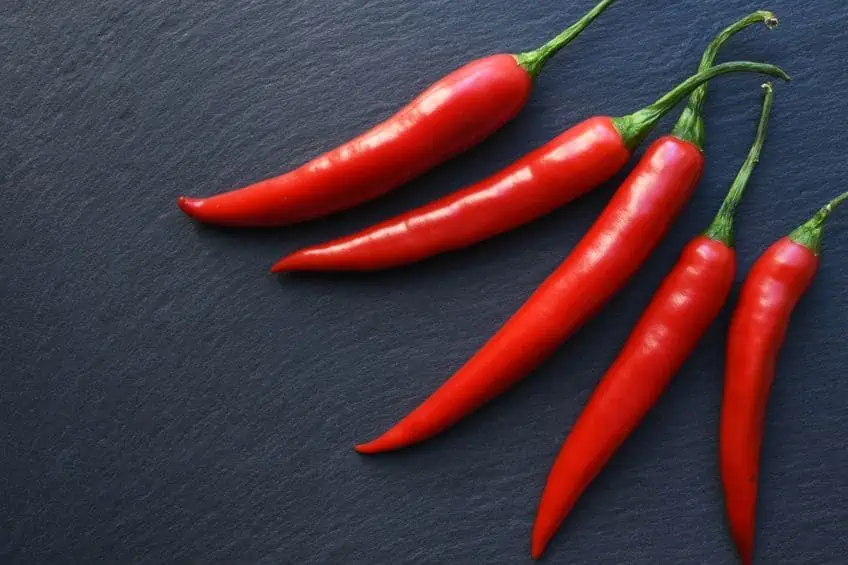
| Shade | Hex Code | CMYK Color Code (%) | RGB Color Code | Color |
| Red | #ff0000 | 0, 100, 100, 0 | 255, 0, 0 |
Orange
Orange is the next color in line and can sometimes be difficult to see in a rainbow next to the vibrant red. This color can get sometimes get lost sitting between two vibrant colors like red and yellow. Orange is a positive and joyful color and can help with producing feelings of happiness as well as comfort. Other associations of the color orange include strength, endurance as well as perseverance. The positive attributes of orange are connected to lighter shades of orange as other shades like burnt orange or dark orange have more negative connotations.

| Shade | Hex Code | CMYK Color Code (%) | RGB Color Code | Color |
| Orange | #ffa500 | 0, 35, 100, 0 | 255, 165, 0 |
Yellow
When a rainbow is strong and clear, yellow can easily be spotted and stands out as much or even more than red. However, it can also easily fade and become difficult to see in a less intense rainbow. Yellow is also a positive color that represents joy, warmth, happiness, wealth, creativity, and abundance. The color helps to stimulate the brain and is energizing and may help to boost memory and improve communication.

| Shade | Hex Code | CMYK Color Code (%) | RGB Color Code | Color |
| Yellow | #ffff00 | 0, 0, 100, 0 | 255, 255, 0 |
Green
Next in line is the color green, which is the first cooler hue in the rainbow. Green is connected to nature and everything natural and is linked to things like growth and regeneration. The color also represents envy, wealth, and health and is said to help alleviate problems like anxiety and depression. Green is also more readily seen by the eye at a distance, which is why traffic lights are green.

| Shade | Hex Code | CMYK Color Code (%) | RGB Color Code | Color |
| Green | #00ff00 | 100, 0, 100, 0 | 0, 255, 0 |
Blue
The color blue is a calm, relaxing color and reminds us of the sky. Blue represents loyalty, divinity, peace, healing, comfort, harmony, and knowledge. Blue is a cool color that can help to provide balance and produce feelings of tranquility. However, it is also linked to negative things like depression, and boredom.
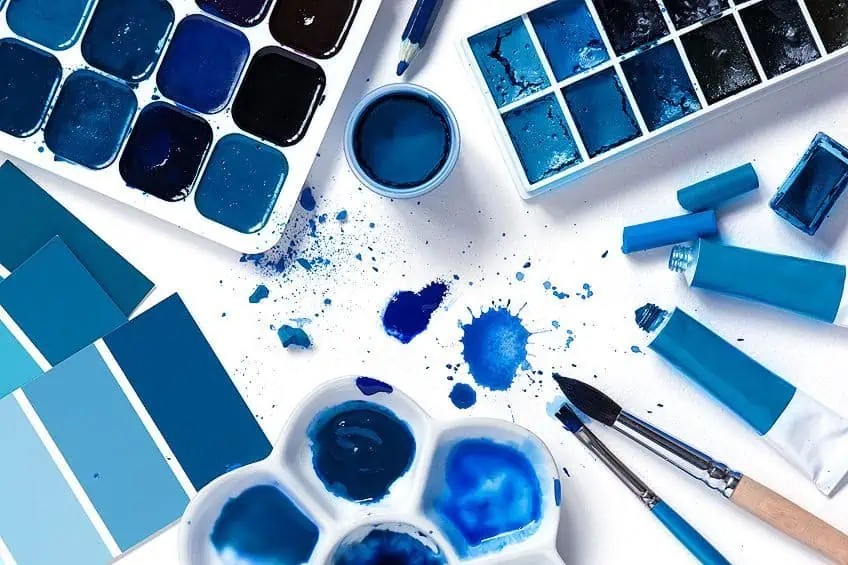
| Shade | Hex Code | CMYK Color Code (%) | RGB Color Code | Color |
| Blue | #0000ff | 100, 100, 0, 0 | 0, 0, 255 |
Indigo
Indigo forms the sixth color of the rainbow; however, some only see a rainbow having six colors. So, indigo falls away as it falls between blue and violet, and many cannot perceive it. Does indigo exist, are people simply seeing a shade of blue or violet, or is indigo blue or purple? The color can be described as both, but the debate continues for many. Indigo is a color that represents dreaming and fantasy, and can also be associated with respect, mystery humility, wisdom, and individuality.
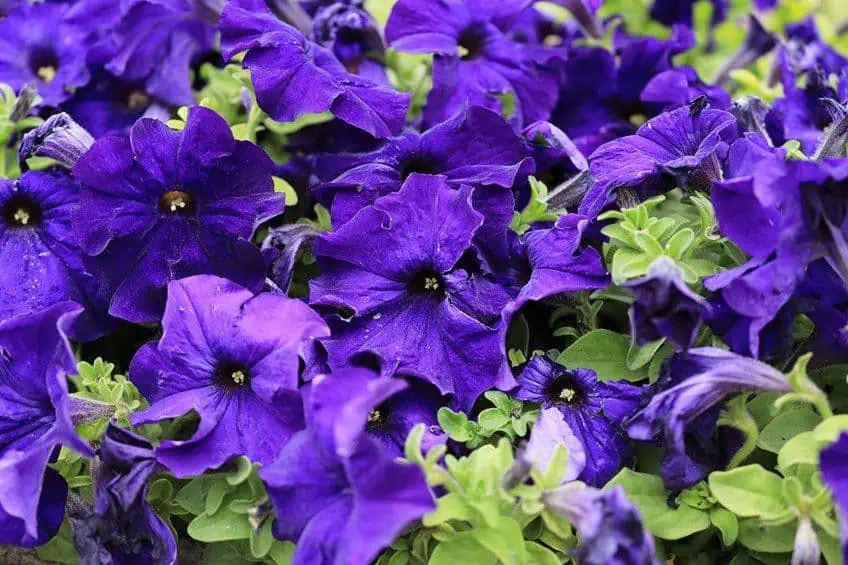
| Shade | Hex Code | CMYK Color Code (%) | RGB Color Code | Color |
| Indigo | #4b0082 | 42, 100, 0, 49 | 75, 0, 130 |
Violet
The final color in the rainbow, violet is a subtle color and has the shortest wavelength. The color is associated with kindness, selflessness, creativity, loyalty, mystery, and luxury. Violet can be seen as a lighter shade of the color purple and shares many similar attributes. Violet is a color that can help to stimulate the imagination and has the energy of the color red, with the calmness and mystery of the color blue.
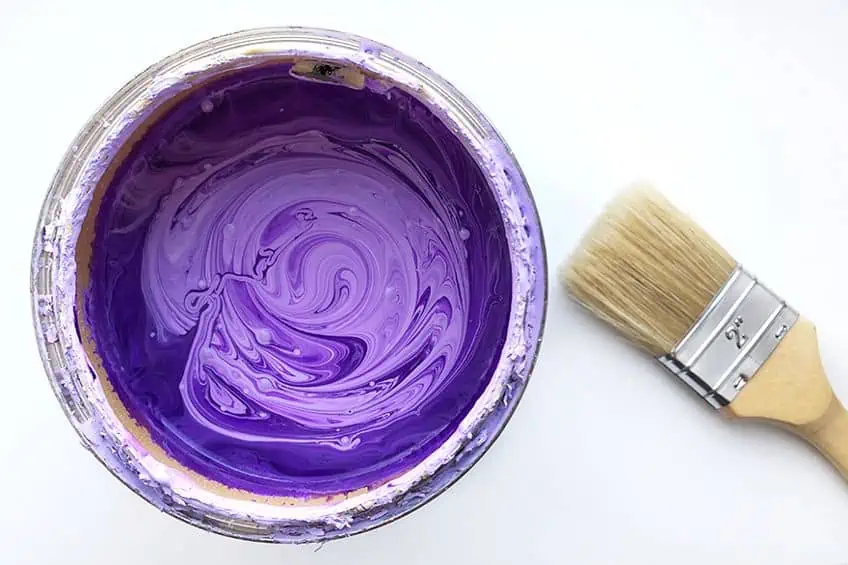
| Shade | Hex Code | CMYK Color Code (%) | RGB Color Code | Color |
| Violet | #8f00ff | 44, 100, 0, 0 | 143, 0, 255 |
Rainbows are a beautiful representation of nature; nothing is as exciting as spotting a rainbow and calling your family and friends to come to have a look. Now that you know a little bit more about rainbow colors and their significance, it makes it all the more intriguing.
Take a look at our colors of the rainbow webstory here!
Frequently Asked Questions
What Is a Rainbow?
The beautiful colors in the sky are formed by sunlight hitting water droplets in the air, these then reflect and refract the various rainbow colors. A rainbow is commonly seen during sunny, rainy days, but can also be seen at waterfalls and in the spray of ocean waves.
What Are the Colors of the Rainbow?
There are several colors that we all know, which form a rainbow. What is the first color of the rainbow? Red is the first color, followed by orange, yellow, green, blue, indigo, and violet. These are the visible colors in the spectrum, there are also actually millions of colors we cannot see.
Do You Get a Rainbow Without Colors?
Yes, a rainbow without colors is also known as a fogbow or white rainbow, and forms inside the fog. The sun is usually sitting low on the horizon, with the fog in front of you. This can then form an arc of light that appears white or may also be yellowish in color.
How Did the Rainbow Flag Become a Symbol of LGBTQ Pride?
Designed in 1978 by Gilbert Baker, an openly gay artist, the flag was encouraged by Harvey Milk to represent the gay community’s visibility and pride. Originally with eight colors, it later simplified to six, reflecting diversity and unity. In 1994, the flag gained universal recognition, becoming an international symbol of LGBTQ pride. Today, it flies proudly worldwide, symbolizing the ongoing fight for LGBTQ rights and celebrating progress while acknowledging the work ahead for full equality.
Duncan graduated with a diploma in Film and TV production from CityVarsity in 2018, after which he continued pursuing film while taking on a keen interest in writing along the way. Since having graduated, he began working as a freelance videographer, filming a variety of music videos, fashion and short films, adverts, weddings and more. Throughout this, he’s won a number of awards from various film festivals that are both locally and internationally recognized. However, Duncan still enjoys writing articles in between his filming ventures, appreciating the peace and clarity that comes with it.
His articles focus primarily around helping up-and-coming artists explore the basics of certain colors, how these colors can be paired with other shades, as well as what colors are created when you mix one with another. All while relating these shades to historically significant paintings that have incorporated them into their color palette. As a lover of the arts himself, he takes great interest in the Renaissance era of paintings, an era that has directly inspired many of his favorite films.
Learn more about Duncan van der Merwe and about us.







